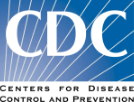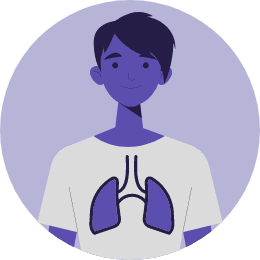Risk Assessment Tools
Science-based risk assessment tools to help protect the health and safety of workers from infectious diseases of today and tomorrow.

Why is assessing your employees’ risk important?
If you are responsible for creating an employee protection plan to prevent infectious diseases, the first step is determining if your employees are high or low risk.
Reducing exposure to an infectious disease is the most important thing you can do to reduce its spread.
Duration
The longer time spent indoors, the more the air becomes filled with invisible infectious particles. While assessing your employee’s risk, consider the duration of exposure, especially in indoor settings.

Density
The more unmasked, unvaccinated or infected people without showing signs, the more likely the disease will spread. Scientific research proves masks help protect the wearer and those around them from infection and viral spread.

Dilution
Being outdoors is relatively safe compared to being indoors, thanks to how easy it is to dilute viruses due to more open space, moving air, and the aid of sunlight. Use a good HVAC system to add outdoor, filtered, or recirculated air into the enclosed space.

Distance
People with airborne infections exhale a high amount of viral particles, which is why being close to an infected person increases your risk of infection. The relative distance between people is a risk factor to consider. The further you are away from the infected person, the lower your risk of getting infected.
Risk assessment tools
You can access all the Commit to C.A.R.E. videos captioned in French, German, Arabic, Vietnamese, Mandarin, Hindi, and Bengali here.






